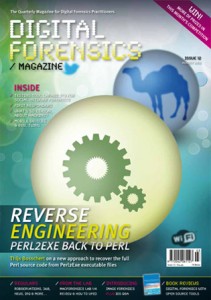Meaningful MD5 Collisions: Creating executables
More than two years ago I worked on meaningful MD5 collisions, especially creating executables files, but I never finished my write up about this until now (hurray for having a sabbatical 
The MD5 collision executables can potentially be a security issue for MD5 whitelisting, which is still used by some security products. An attacker could potentially first send an executable which is considered safe and then its counterpart which is evil. Since the files will have the same MD5 hash value the first file will have the second file white-listed. The files could further have impact on products which use MD5 hash values to uniquely identify files, such as certain forensics software.
The whole project was inspired by my first MD5 collision experience while playing SmashTheStack IO and by forensic products using MD5 hash values as unique identifiers for files.
Continue reading “Meaningful MD5 Collisions: Creating executables”
